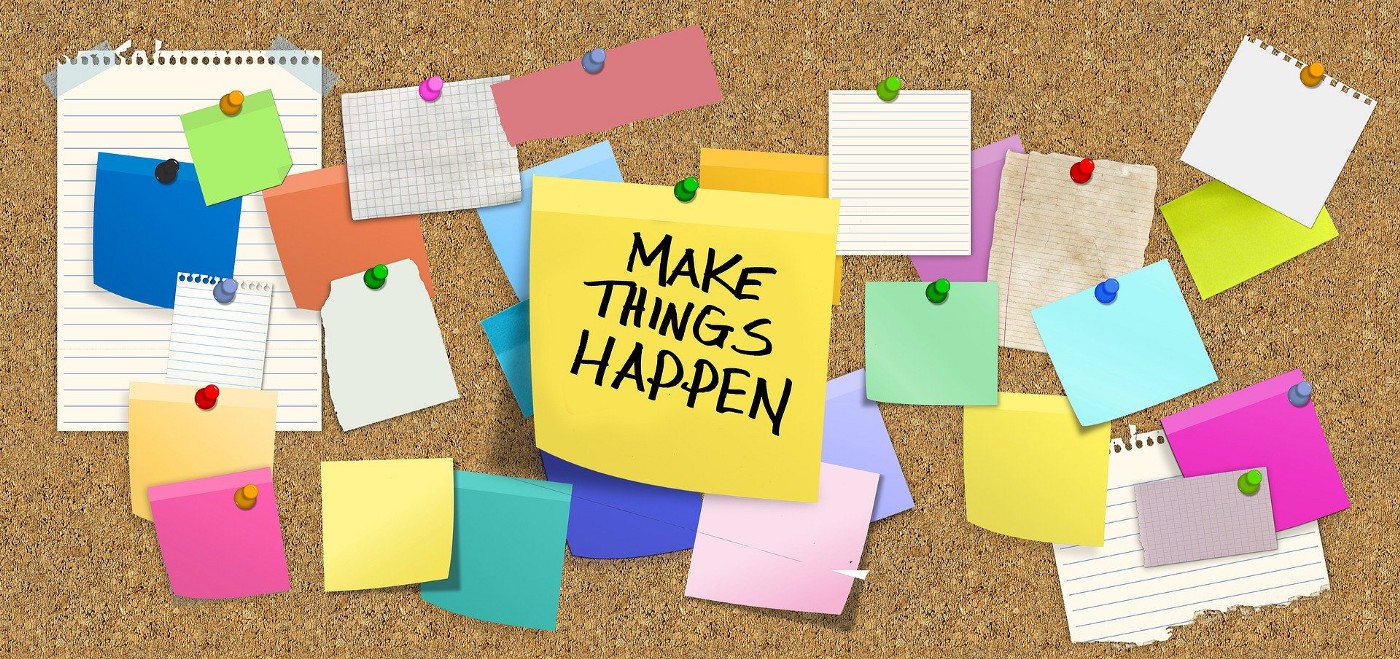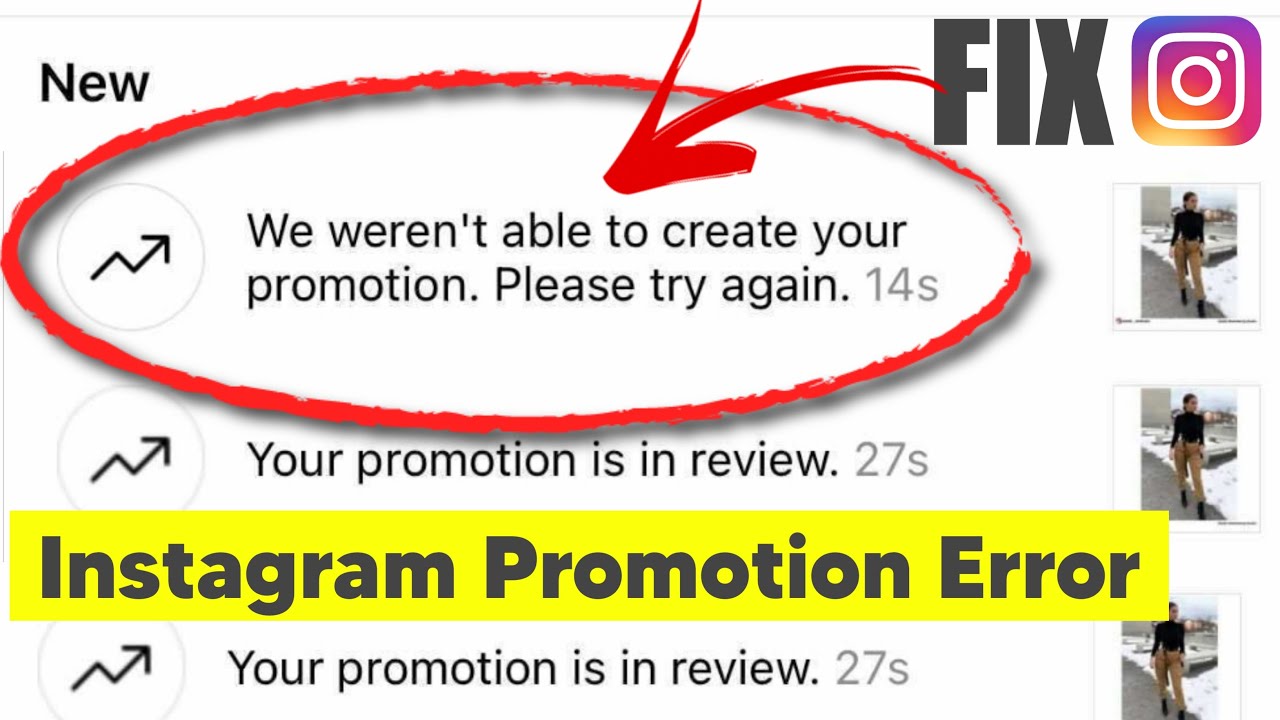
A Curriculum vitae (CV), or a document that describes someone's career, is called a Curriculum vitae. The document includes information on work experience and education. It can be presented in a variety of formats and should be in clear and legible font. It should be appropriate for the industry. For example, in the creative or formal industry, a traditional serif font will work well. However, if you're looking for a more contemporary feel, a sans serif font may be a better choice. Font size should be between 10.5 - 12 points. A larger font size can make the document stand out.
Curriculum Vitae (or curriculum vitae) is a document which gives an overview on a person’s entire career.
A Curriculum Vitae (or Curriculum Vitae) is a document that provides a comprehensive overview of someone's professional history, including their education, work experiences, and qualifications. It's also known as a Resume and is commonly used to submit applications for academic jobs, fellowships or advanced research. You can modify the document according to your position and the contributions you have made.
Curriculum vitae is a document that details a person's educational, professional, and extracurricular activities. It can be several pages long or just a few pages. Similar to a CV, it has more detail.
First, you need to have work experience
When writing a CV, the first two sections should be your education and work experience. However, many job seekers are confused about which should be placed first. The best order depends on your experience and how relevant your education is to the job you're seeking. If you have only one or two relevant jobs, education should be placed first.

A resume should highlight your accomplishments and be detailed. If you have worked in multiple positions, be sure to include the date and title for each. Employers will appreciate your knowledge of the position and company by listing your responsibilities.
Education comes first
Many people wonder if they should put their education first or work experience last when creating a resume. The nature of your resume and the purpose will determine the answer. If you're a recent graduate, your education might be more relevant than your experience. Even if you only have part-time employment, it may not be as relevant to your job search. In such cases, education should be your first priority.
When writing a CV, it's important to emphasize your university education. Employers will be able to see your knowledge and skills. Your university education can be included, as well as details about the relevant modules you completed while in school. You can also highlight your secondary education, including your range of grades and the number of qualifications you obtained.
Sans serif fonts express creativity
A sans serif font will express creativity and be a better choice. Sans serifs are generally more modern and soft. They will help make your resume stand apart without making it look too outlandish. These fonts are well-known in graphic design, but not always suitable for resumes. These fonts only come preloaded on Macs. Alternatively, you can use Arial, which is the default font on most systems. Roboto is another alternative, which is a simpler but similar sans serif font.
It is important to consider how the font will read and look when you choose it. Although serif fonts seem more professional, they can be difficult to read. Unreadable fonts can make it difficult to establish a relationship with recruiters. You should also consider the fact that many companies use an applicant track system. It is often not user-friendly. If you are looking to impress ATS with your font choice, you should opt for a sans-serif font. This font is widely used in modern design. It is also more suitable for creative or marketing positions.

Add hobbies and interests
You may wonder if you should add a section on your CV to list your hobbies and interests. The answer is yes, but you should make sure they are focused and relevant to the job. You should limit the number of activities you list to no more than five-six. A hiring manager won't be interested if there are too many.
Your hobbies and interests can reinforce your application and your idea of the ideal fit for the role. Additionally, they may have transferable skills which could prove beneficial for the role. If you're an actor, your acting skills can be used for sales. Likewise, if you are a metal detectorist, you can showcase your motivational skills.